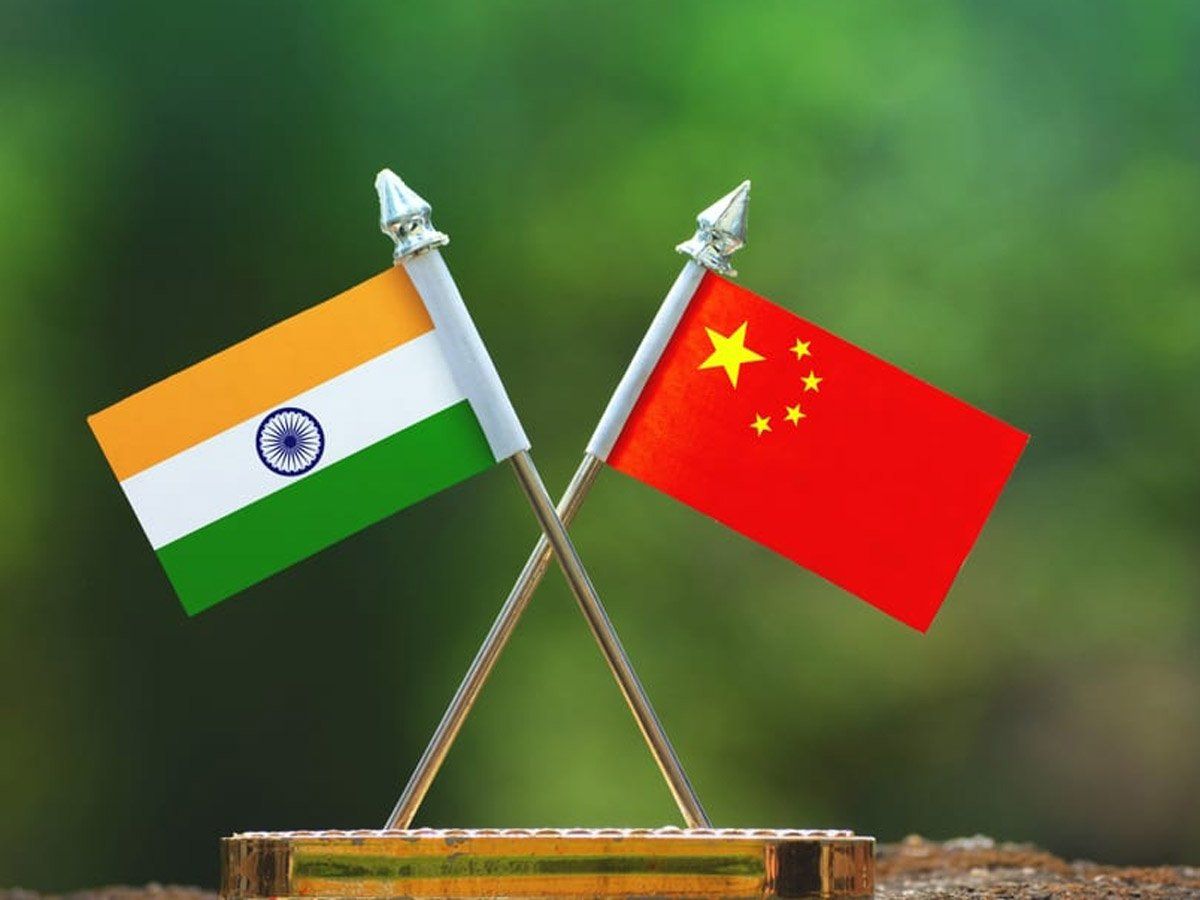Neeraj Singh Manhas
Recently, a senior Indian official told a visiting foreign counterpart that India’s relations with China were “irretrievably shattered.” Although slightly overstated, the sentence accurately reflects the current state of thinking in New Delhi.
The two countries’ trade may be breaking records, and they continue to communicate at multilateral fora, especially those devoted to security, such as the Shanghai Cooperation Organisation (SCO) and the Association of South-East Asian Nations (Asean) Regional Forum. However, the mounting tension along their 3,488-kilometer border, as well as the generally tense nature of their relations, are difficult to ignore.
Concerning the 2020 events, the Chinese assert that border disputes are a chronic affliction that should be set aside until bilateral ties improve in other ways. The Indian side is similarly adamant that the paradigm that has sustained normalcy for the previous three decades has shifted. In 2020, the issue was not one of isolated incursions, but of a deliberate effort to ram a version of the Line of Actual Control (LAC) onto India, backed by a major People’s Liberation Army (PLA) deployment.
China’s behaviour fits a recent pattern in which India has been alienated, Australia has shifted from friend to foe, Hong Kong has been brought under control, and major segments of China’s private sector have been gutted in the name of “shared economic development.”
However, China must have known that the Indian side would not accept the fait accompli in Ladakh tamely. The government has not told us the entire storey, but it has responded forcefully to China’s challenge by embarking on a large infrastructure development programme, modernising military equipment, and reorienting the military away from Pakistan and toward China. This comes at the perfect time, as the PLA has been significantly reorganising and strengthening its deployments in Tibet since 2017.
Since the 1950s, India and China have been considered competitors. By the 1980s, when they began to liberalise their economies, both were economically comparable, with India actually ahead in several areas.
Then followed China’s meteoric economic expansion, which saw it leapfrog India in every metric of comprehensive national strength. China began comparing itself to the United States (US) and regards India as a secondary power. As China’s economic and military strength grew, the South Asia-Indian Ocean Region (SA-IOR) surpassed the western Pacific in prominence. Apart from existing and potential markets, it is the highway that transports critical resources, most notably petroleum.
India has long maintained that geography bestows predominance on it in SA-IOR. However, due to its inability to create a thriving South Asian economic zone, it lacks the instruments necessary to shape continental or oceanic political discourse. Meanwhile, China has made considerable advances into what Indians regard as their backyard – Nepal, Sri Lanka, the Maldives, and Bangladesh – and has grown greatly across the Indian Ocean.
As China’s economy and military strength grew, the South Asia-Indian Ocean Region (SA-IOR) surpassed the western Pacific in prominence.
China, as a potential world power, must first establish dominance in its immediate neighbourhood. Beijing’s challenge is geographical, as it is surrounded by strong countries such as Russia, Japan, and India, while the US maintains a significant maritime presence. China’s own hegemonic behaviour has earned it few allies. Indeed, it sparked the development of a new military alliance, AUKUS, in the western Pacific, built on top of the Quad, which also includes India and Japan.
India has a geographic advantage in SA-IOR, with its peninsula protruding 2,000 kilometres into the Indian Ocean. Similarly to how minor South Asian countries view China as a counterbalance to India, a larger region – Southeast Asia and Central Asia – views New Delhi as a counterbalance to China.Regrettably, India has thus far fallen short of expectations, but this can change.
There is also demographics to consider. Whereas China is quickly ageing, India’s demographic profile will remain favourable until the 2050s, assisting in the country’s economic growth. While the national power of China and India may be very different today, New Delhi’s role as a global actor is assisted by America’s desire to balance China in the western Pacific.
However, India must recognise that the Sino-Indian relationship is distinct from the US-China connection. The impending virtual conference between Joe Biden and Xi Jinping indicates that both sides agree on the “intense competition” concept defined by the US. America’s trade with China is booming, and its corporations are resentful of the country’s continued restrictions on their activities. According to a recent Wall Street Journal report, US corporations continue to back China’s push for semiconductor domination, oblivious to Washington’s political climate.
America’s trade with China is booming, and its corporations are resentful of the country’s continued restrictions on their activities.
While India is weaker than China, it is sufficiently powerful to assure that any conflict is mutually destructive. The modus vivendi that existed between 1990 and 2020 appears to be impossible to replicate. However, cooperation in some managed form benefits both parties.
If India and China had been able to resolve their border dispute, the situation would have been less difficult. However, China has refrained from doing so since it has used it to destabilise India.
The underlying line is that Beijing wants Washington to recognise it as a peer while also pressuring New Delhi to recognise its primacy in SA-IOR. Just as the US rejects China’s assertion, so does India, which has a strong sense of its own destiny as a leading nation, if not a great power, in the globe. All of this contributes to an intractable state of conflict.
(The author is Director, Indo-Pacific Raisina House, New Delhi, India)


